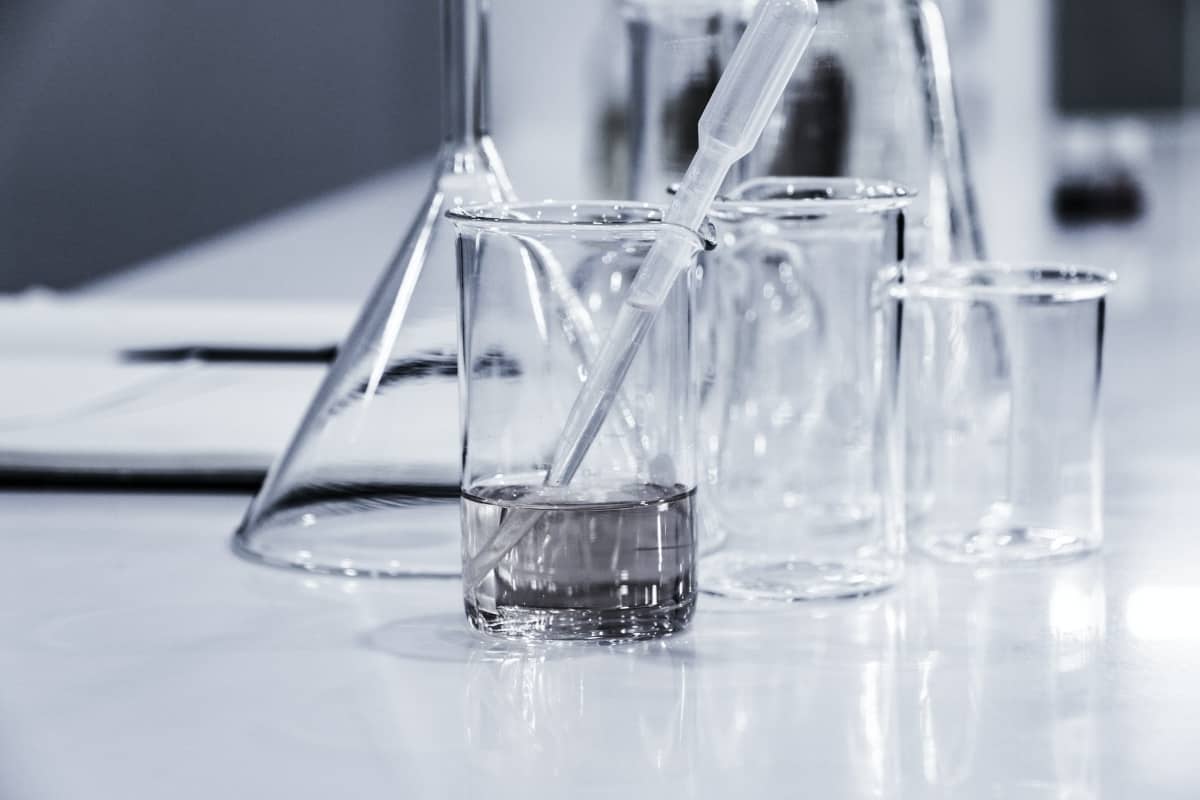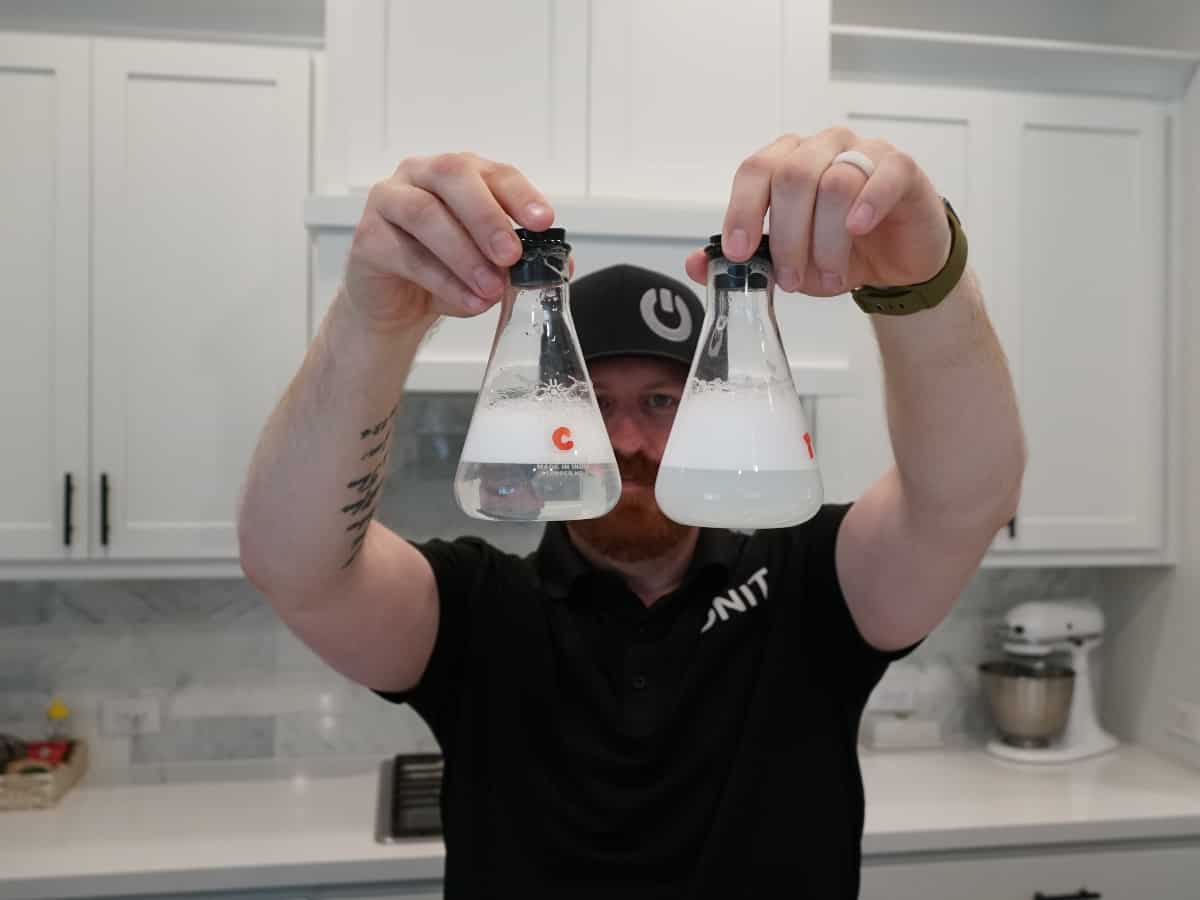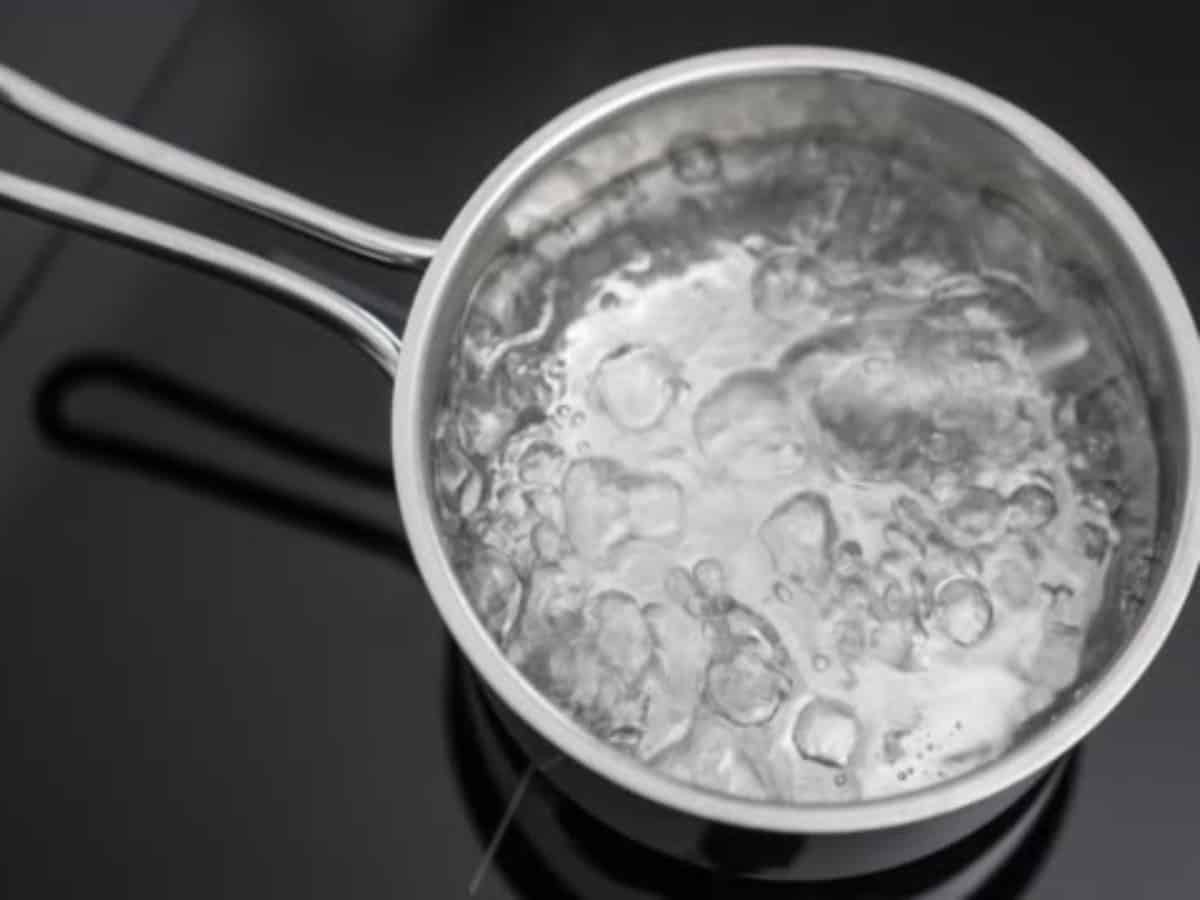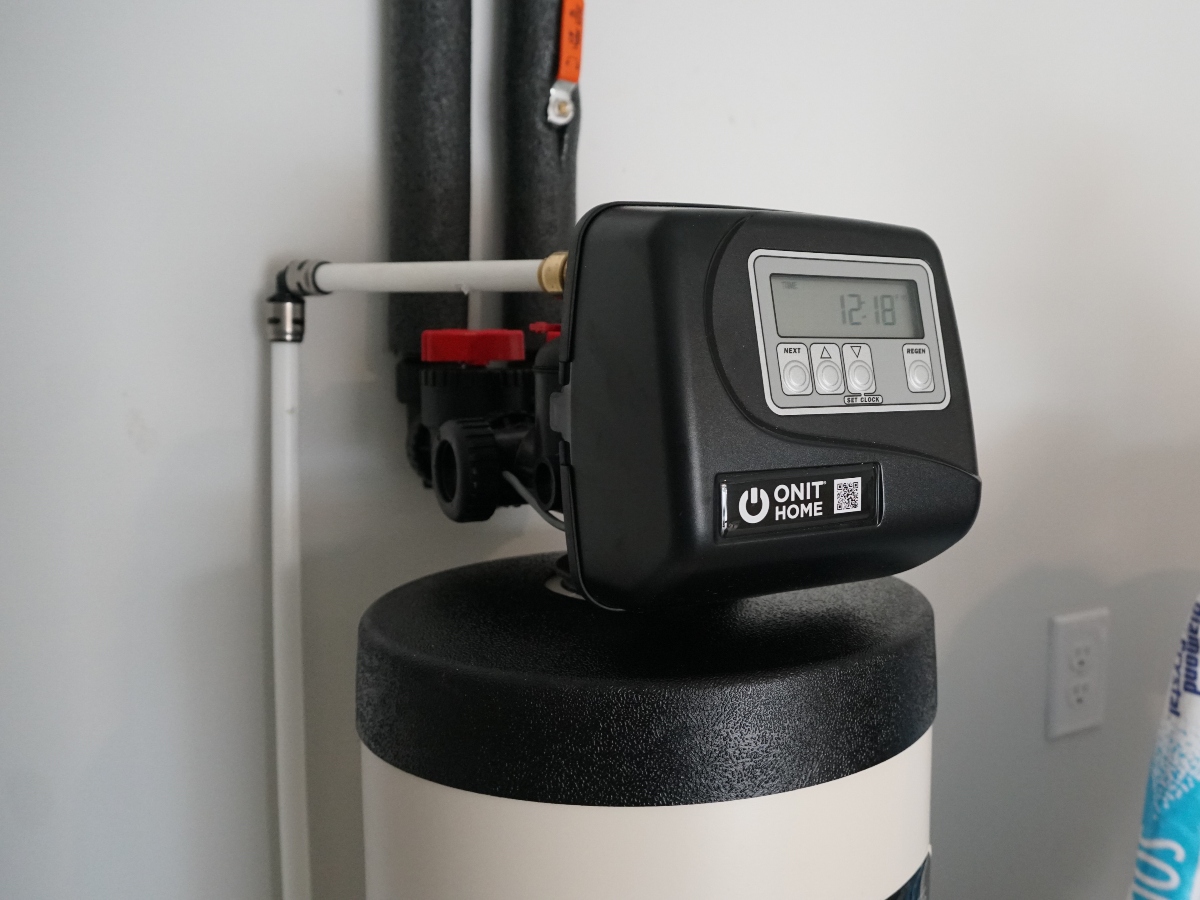Do you know what could be lurking in your water? Most people, especially those who get their water from public treatment systems, assume it’s safe to drink. Unfortunately, that’s not the case. The EPA has set standards for more than 90 contaminants in water, which could lead to adverse health effects. Although rare, mercury in water is among the most harmful contaminants you should be wary of.
According to statistics, around 1.2 trillion gallons of industrial waste, untreated waste, and stormwater are dumped into U.S. water sources yearly. This can lead to high mercury pollution content in drinking water, which may find its way into your home.
In this article, we look at mercury in water, what it is, how it gets in the water, its health effects, and how to remove it from your water.

What Is Mercury
Mercury (Hg) is a heavy, dense, naturally occurring element in rocks, soil, and dust. It is also released into the air by volcanic eruptions and burning coal and oil. Mercury is also known as quicksilver and was formerly named hydrargyrum. Mercury is known to be the only metallic element that is liquid at normal temperatures and pressures. A quick look at it would make you think it’s water. Mercury is primarily found in cinnabar, a red mineral that contains mercury sulfide.
Quicksilver is commonly used in thermometers, fluorescent light bulbs, and electrical switches. However, mercury products such as thermometers started to be phased out due to their effects on human health. Alternatives that do not contain harmful liquids are now in use, such as alcohol-based thermometers and mechanical pressure gauges. Mercury is a good conductor of electricity; that’s why it’s common in electrical products. It has a lustrous, silver-white color, and looking at it, you can easily admire its appearance.
Forms of Mercury
There are three forms of mercury:
- Elemental Mercury (Hg°): This is a shiny, silver-white metal that is liquid at room temperature. It’s also known as “quicksilver.” Elemental or metallic mercury is the most common form of mercury found in nature in deposits of cinnabar (red mercury sulfide). It is also found in small amounts of rocks, coal, and oil. Elemental mercury breaks and easily vaporizes at normal temperatures. The body slowly absorbs this form of mercury, but you can also inhale it when it vaporizes. Products that use metallic mercury include thermometers and dental amalgam.
- Inorganic Mercury: Inorganic Mercury mainly occurs naturally in the environment. It can also form when it combines with elements such as oxygen. This form of mercury is used in chemicals such as pesticides, fungicides, and disinfectants. Some cosmetic products, such as skin lighters, contain high mercury compounds. Inorganic mercury is the most common in drinking water but the most harmless.
- Organic Mercury: When mercury and carbon combine, organic mercury is produced. Organic mercury is found in certain types of seafood and is rare in water supplies. Biological bacterial processes in water or soil can convert inorganic and elemental mercury to methylmercury. Methylmercury is highly toxic and bioaccumulates in the environment. It can enter the body through the lungs and skin. This becomes a major concern because it can build up in the body and cause health problems.

How Does Mercury Get Into Our Water Supply?
Mercury contamination in water occurs in two ways: naturally and through human activities. Since mercury is a naturally occurring element, rocks can rupture and release mercury underground. The mercury in rocks or soil can easily leach into groundwater.
Mercury can also be released into the air through volcanic eruptions, mining, forest fires, and burning coal and other fossil fuels. Once in the air, mercury can travel long distances and eventually end up in our water sources, such as lakes, rivers, and streams.
In addition, mercury can enter the water supply through a direct deposit of sewage, mining waste, or industrial waste. Agriculture runoff can also lead to water sources mercury contamination.
The levels of mercury in water sources are often low, but the bacterial process in the water changes metallic mercury into other forms, thus increasing the levels.
What Are the Health Effects of Mercury Exposure?
Mercury exposure can occur through inhalation, ingestion, or skin contact. It’s toxic to both animals and humans, even at low levels, whether it’s through drinking water, eating food, or using products containing this harmful chemical. Health effects from mercury exposure can vary depending on the amount of exposure and the length of time exposed. Short-term effects may include skin rashes, nausea, and vomiting. Long-term effects may include kidney damage, liver damage, and neurological problems. Young children and fetuses are more affected than adults.
How Much Mercury Is Allowed in Drinking Water
The Environmental Protection Agency (EPA) regulates most contaminants in water. The agency has set a maximum contaminant level (MCL) for mercury in drinking water at 2 parts per billion (ppb) or 0.002 mg/L. Water utilities should ensure that the water they provide customers contains no more than 2 ppb of mercury.
If you use well water, you’re solely responsible for its quality. That’s why it’s important to test your water regularly to ensure that mercury levels do not exceed the set levels.
What Can You Do to Reduce Mercury Exposure?
With all the mercury pollution in the environment, what can you do to reduce your exposure? You can try out some things, such as:
- Avoid using products that contain mercury.
- Follow proper procedures when handling mercury-containing products.
- Embrace clean energy in your home, such as the use of solar energy rather than gasoline generators.
- Test your drinking water regularly.
- Follow fish consumption advisory information offered by your state
- Opt for mercury-free teeth fillers or replace old ones with safer alternatives.
- Avoid/limit your consumption of fish that may contain high levels of mercury.
- Avoid areas where mercury is present.
- Don’t let your kids play with any products containing mercury.
- Handle anything with mercury carefully and, where possible, wear protective gear.

Does Boiling Water Remove Mercury?
If you have mercury in your drinking water, you may wonder if boiling water is an excellent way to remove it. Unfortunately, boiling water will not remove mercury from your water. It can increase the amount of mercury in your water. That’s because when water boils, it evaporates, leaving mercury behind, and the water levels reduce, leading to high mercury concentrations.
When you boil water containing mercury, you risk releasing the chemical into the air, which you can inhale. This is especially dangerous for infants and small children, who are more sensitive to the effects of mercury exposure.
How Do You Detect Mercury in Water?
For well owners, the only way to detect mercury in water is by doing a water test. Mercury is odorless and colorless, so it’s hard to know if it’s present in your water. Contact the company for the test results if your water is from a public water supply. If you are a well owner, you have three options for testing for mercury in water. One, do it yourself (DIY); two, contact a professional to perform the test; or three, send a water sample to a lab for analysis.
If you choose to DIY, you can use a drinking water mercury test kit, which you can purchase at most hardware stores. To use this kit, you’ll need to collect a water sample and follow the instructions to test the sample for mercury.If you go with the second option, ensure you get the service from a reputable company. Most companies offer free water tests, advice, and the best solution for your home’s water needs.
Another way to test for mercury is to send a water sample to a lab for analysis. This is usually done if you want a thorough water analysis, but it’s good to note the test can be pretty expensive. If you choose this testing method, ensure that you use a certified lab.
Does Tap Water Contain Mercury?
Water utilities treat their water to remove mercury before releasing it to consumers. Tap water may contain mercury, but in small amounts. Therefore, even if mercury is present, it is usually below the set MCL of 0.02 ppb. However, it’s important to note ingesting even little mercury can cause health effects, especially when exposed for prolonged periods.

How Do You Remove Mercury From Water?
You can remove mercury using a water filtration system, and reverse osmosis is the most effective. Reverse osmosis forces water to pass through a semipermeable membrane to remove impurities. The membrane allows only water molecules to pass, not larger molecules like salt or contaminants. As the water molecules pass through the membrane, they leave behind the impurities, resulting in purified water on the other side.
You can also go for a whole home water filtration system, which will provide your whole home with clean water. These filtration systems combine filters to effectively remove most contaminants from your water, including mercury.
Worried About Mercury in Water? ONIT Home Has a Solution for You!
Mercury in water can cause mild to severe health effects when ingested. That’s why it’s crucial to test your drinking water, whether it comes from a municipal or private well. ONIT Home offers a free water test and interprets the results for you. We also recommend and design a water filtration system best suited to your home’s needs. Our whole home water filtration system can remove 99.9% of contaminants from your drinking water.
Need clean water? Contact us for more information regarding our water filtration systems. You can also request a free quote now so that we can help you get the system your home needs. Give us a call today to get started at 1-833-433-0331.



